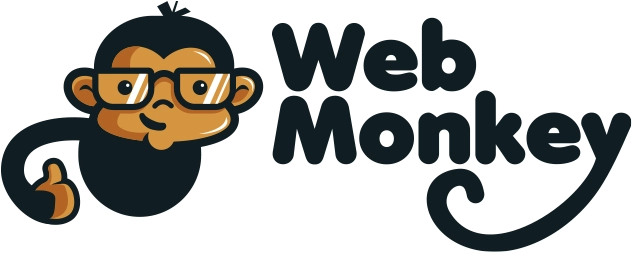No More
Monkey Business
WebMonkey provides digital marketing guides, marketing software reviews, and nearby agency recommendations to help you achieve and surpass your business goals.
Proudly Featured On…
Monkey See, Monkey Do
Building a successful business isn’t rocket science. There are proven tactics, techniques, tools, & solutions to get you there; all you have to do is follow along.
Sign-Up
Submit your email address and get weekly tips, tricks, & encouragement to help get you where you want to be.
Join-Up
Follow our social media to gain access to other incredible people who are also on the same journey to self sustainability.
Meet-Up
It’s incredible how inspiring meeting someone face to face can be. Get together with WebMonkey members and see for yourself.
Link-Up
List your business in our directory to gain more exposure to customers who are looking for what you have to offer – right now!
Digital Marketing Companies That Can Help
By Location
USA
Canada
UK
Europe
view all »
By Service
SEO
Web Design
Advertising
App Development
view all »
By Industry
Law Firm
Landscaping
Electrician
Dentist
view all »
By Fit
For Startups
For Small Businesses
For Untraditional
For Corporate
view all »













